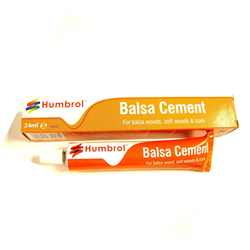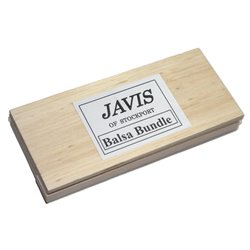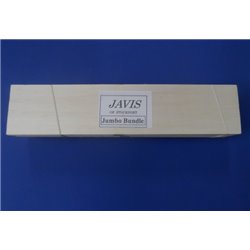If you are planning a model railway layout then you are likely making some crucial decisions, one of which will be...
No products
Product successfully added to your shopping cart
There are 0 items in your cart. There is 1 item in your cart.
Search Tips
What is balsa wood?
Balsa wood is one of the most commonly used materials in modelling, particularly favoured for its lightweight and easy-to-work-with properties. It is a soft, fast-growing wood, native to Central and South America, and is widely recognised for being exceptionally light. In fact, it's one of the lightest woods available. This makes it ideal for models where weight is a concern, such as in model aircraft and boat building.
For modellers, balsa is prized because it's very easy to cut, shape and sand, making it perfect for creating intricate parts or structures. Even if you're a beginner, you'll find that balsa can be handled with simple tools like craft knives and sandpaper. Its softness also allows it to be pinned, glued and assembled without much resistance. If you're building a wooden trestle bridge for a railway layout or constructing a frame for a model plane, balsa will provide the necessary strength without adding unnecessary bulk.
One of balsa's key characteristics is its porous texture, which means it can absorb glue and paint easily. However, this also means it can be prone to dents and damage if not handled carefully, so you might need to reinforce it or treat it with a protective coating, such as varnish, when working on certain projects.
In modelling, balsa is often chosen because it strikes a good balance between affordability, availability and ease of use. You'll find it widely available in different sizes and thicknesses and it's often the go-to material for projects that require delicate yet strong structures. Whether you're crafting a detailed architectural model, building a classic aircraft, or experimenting with your first project, balsa wood is a versatile option worth considering.
Click here to receive the tips weekly in your mailbox. You can unsubscribe at any time.










